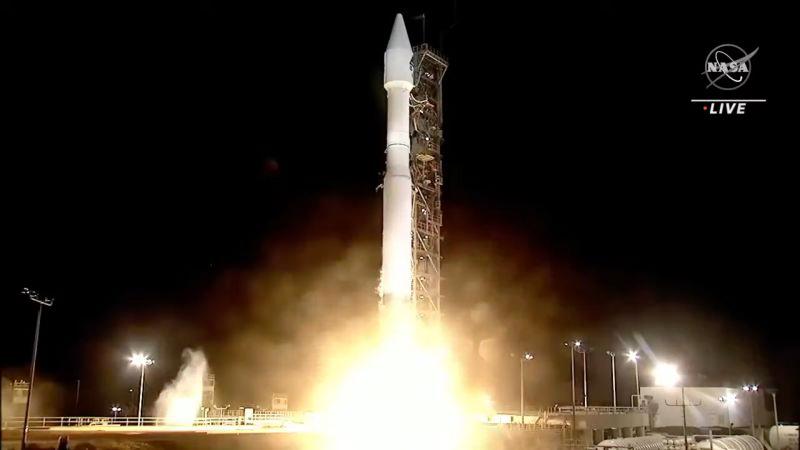NASA Completes Demonstration of LOFTID Technology, Devised to Allow People set Foot on Mars

The National Aeronautics and Space Administration (NASA), which is a U.S. government organization in charge of air and space science and technology, successfully concluded its LOFTID mission, which served as a test for an inflatable decelerator that might one day be used to assist people in landing on Mars.
NASA’s Low-Earth Orbit Flight Test of an Inflatable Decelerator (LOFTID) mission has finished its technology demonstration. The aeroshell technology, also known as a “inflatable aerodynamic decelerator,” may one day assist in landing humans on Mars.
NASA claims that it has relied on rigid aeroshells, parachutes, and rockets to decelerate people, equipment, and vehicles as they entered, descended, and landed on an atmosphere-rich planet or other cosmic object.
The Hypersonic Inflatable Aerodynamic Decelerator (HIAD) technology was developed over the course of more than a decade by the space agency.The program’s next step was the LOFTID orbital flight test.According to NASA, the LOFTID reentry vehicle was the largest blunt body ever to enter the atmosphere, measuring 6 meters in diameter.

The structure of a HIAD device will be inflatable and capable of maintaining its shape in the face of drag forces.Additionally, it will have a flexible thermal protection system that will shield it from the re-entry heat.A stack of pressurized concentric rings that are strapped together to form a cone-shaped structure make up its structure.
Accordingly, drag acts on the body and slows it down when a spacecraft or anything else enters a planet’s atmosphere enters, converting kinetic energy into heat.In comparison to conventional aeroshells, the HIAD device has a greater drag coefficient and initiates the deceleration process higher in the atmosphere due to its large size.
This will make it possible to launch from higher altitudes and carry significantly heavier payloads.Additionally, it could be utilized to retrieve massive satellites from the International Space Station from Earth’s orbit.According to NASA, the technology could also be used to return assets from rocket launches.

The aftereffects of the exhibit of the LOFTID reentry vehicle which was scheduled to launch on November 10, 2022 aboard a United Launch Alliance Atlas V could decide the section, plummet and landing innovation that one day conveys human groups to the outer layer of Mars.
Author- Roberta Appiah



